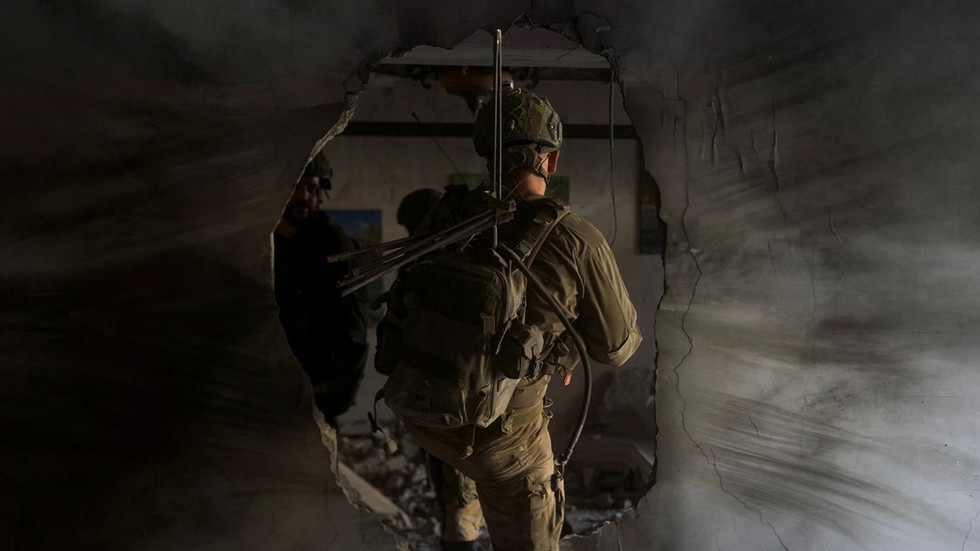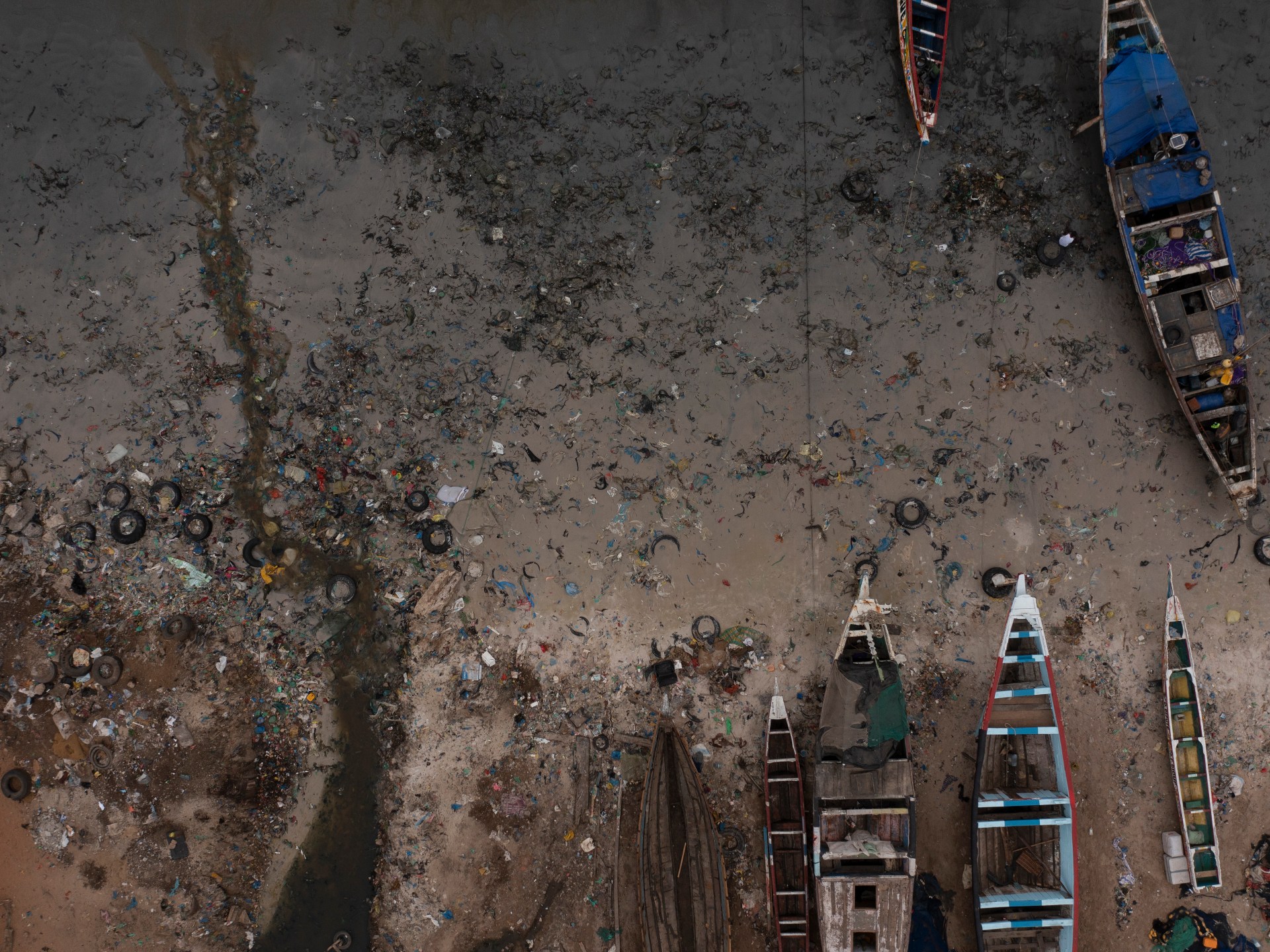An international analysis published by Amnesty International last month found Iranian authorities had escalated targeted policing methods since the return of patrols enforcing compulsory veiling in July.
Loading
The report cited recent government figures that more than 1 million women had received SMS warnings threatening the confiscation of their vehicles if found travelling unveiled in a car.
It follows the installation in April of facial recognition technology in public places to identify and penalise unveiled women,police said at the time.
Dr Alam Saleh, from the Centre for Arab and Islamic Studies at the Australian National University, said the uprising had been supercharged by women resisting traditional conservative Islamic norms and values.
“Women are actively participating in the protests in the street, online, on social media and on political stages. They are omnipresent in every single aspect of the process, and this is what worries any kind of traditional institutions,” he said.
Saleh said the regime was attempting to suppress protests with tougher penalties, but insisted the movement would continue without structural changes, or acknowledgment of the peoples’ demands.
Another Iranian academic, who is studying abroad and requested anonymity to speak freely, said the uprising was defined by a new generation, “whose mindset totally contradicts the regime and does not tolerate the rules [being] imposed on it”.
A protest outside Iran’s consulate in Istanbul was one of many triggered across the region last year following Mahsa Amini’s death.Credit: AP
Amnesty’s recent report found women increasingly being denied access to education, banking and public transport for violating veiling laws. Punishments include forced counselling for “anti-social behaviour, washing corpses, and providing cleaning services at governmental buildings”.
Moore-Gilbert, who was released from Evin prison in November 2020, said such penalties showed “decades-long efforts of propagandists to encourage conservative Islamic lifestyles within the population have failed”.

Kurdish activists hold portraits of Iranian Mahsa Amini, during a protest against her death last year.Credit: AP
She said the protest movement was the first women-centred major uprising of the 21st century.
“The Women, Life, Freedom protests have crossed an important red line and the clock cannot be wound back. It will prove an impossible task for the regime to enforce hijab without alienating the population further, which will ultimately lead to its undoing,” Moore-Gilbert said.
A UN-mandated investigation last month released a report revealing that since November last year, at least 26 individuals had been sentenced to death in connection with the protests triggered by Amini’s fatal arrest. Dozens more have been charged with or face offences carrying the death penalty.
The Independent International Fact-Finding Mission on the Islamic Republic of Iran highlighted specific risks of further deterioration in the human rights of protesters, among them lawyers, journalists and human rights defenders, and in particular women and girls.
Loading
The mission, which will deliver its final report in 2024, has also gathered reports of women and girl students allegedly suspended or banned from learning and dormitories for defying veil laws, while businesses have been fined or closed for non-enforcement.
The UN has estimated 582 people were executed in Iran last year, including three children, marking a 75 per cent increase on the previous year. Non-profit Norway-based group Iran Human Rights estimates 440 people have been executed so far this year, including 10 women.
Get a note directly from our foreign correspondents on what’s making headlines around the world. Sign up for the weekly What in the World newsletter here.
#Women #forced #wash #corpses #undergo #counselling #refusing #wear #veil







